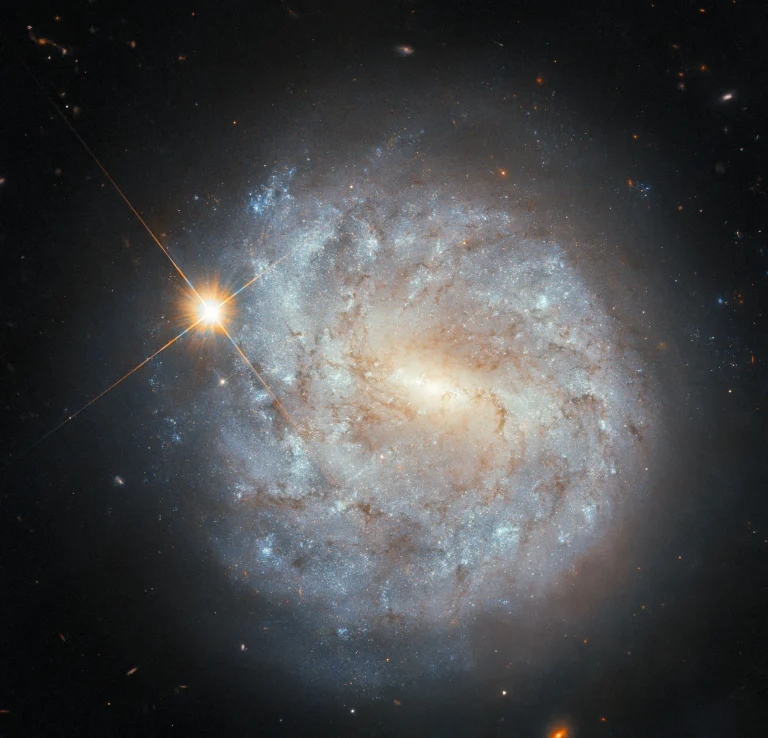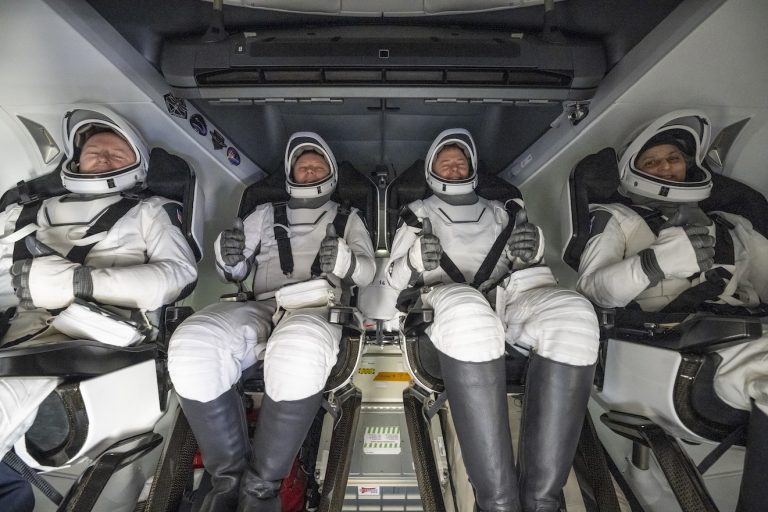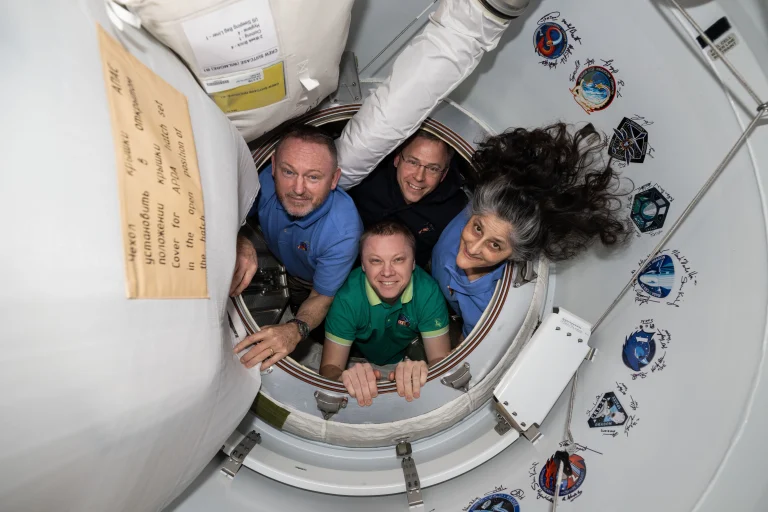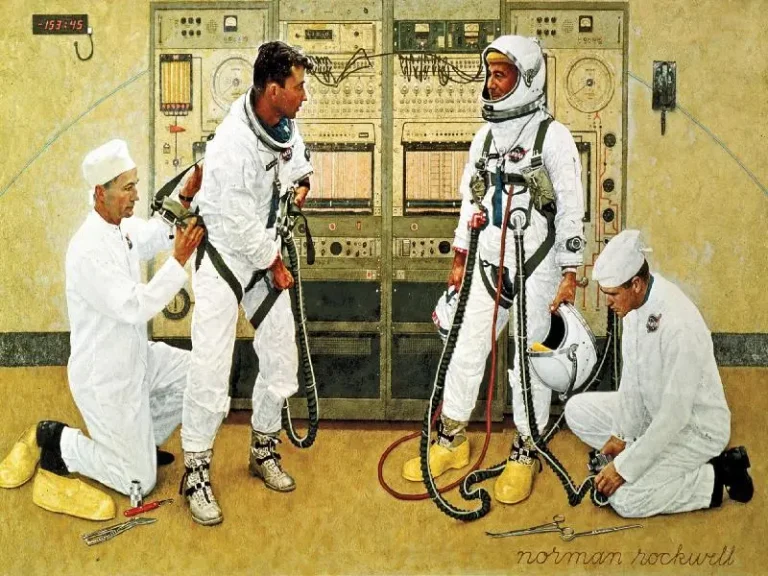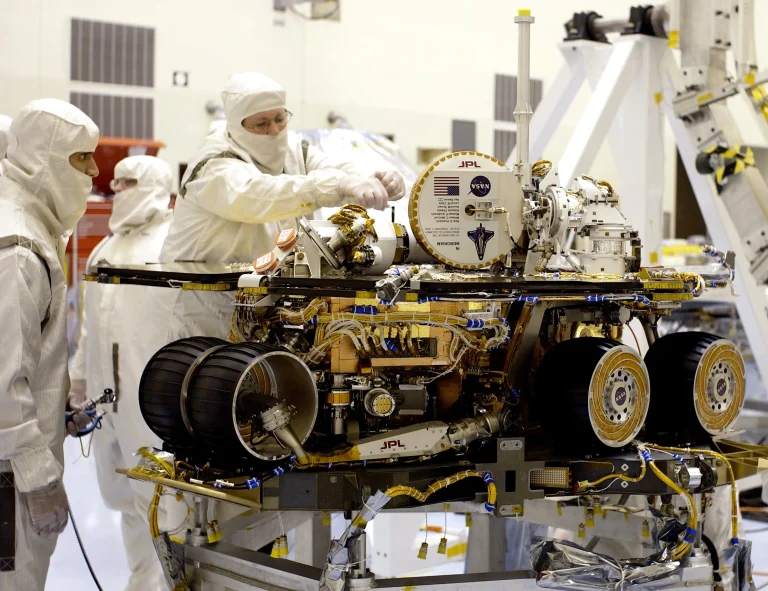NASA’s James Webb Space Telescope has infrared vision that lets us peer through the dusty veil of nearby star-forming region NGC 1333. We can see planetary mass objects, newborn stars, and brown dwarfs; some of the faintest ‘stars’ in this mosaic image are in fact newly born free-floating brown dwarfs with masses comparable to those of giant planets. The images were captured as part of a Webb observation program to survey a large portion of NGC 1333. These data constitute the first deep spectroscopic survey of the young cluster.
See Hubble’s view of the same nebula.
Image credit: ESA/Webb, NASA & CSA, A. Scholz, K. Muzic, A. Langeveld, R. Jayawardhana
NASA的詹姆斯·韦伯太空望远镜拥有红外视野,可以让我们透过附近恒星形成区域NGC 1333的尘埃面纱窥探星空。我们可以看到行星质量天体、新生恒星和褐矮星;在这张拼接影像中,一些最暗淡的“恒星”实际上是新诞生的自由漂浮的褐矮星,其质量与巨行星相当。这些图像是韦伯观测计划的一部分,该计划旨在调查NGC 1333的大部分。这些数据是对这个年轻星团的首次深度光谱测量。
影像来源: ESA/Webb, NASA & CSA, A. Scholz, K. Muzic, A. Langeveld, R. Jayawardhana



